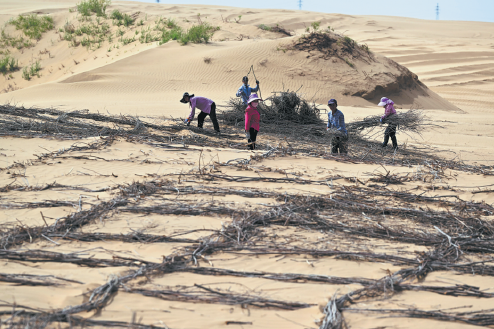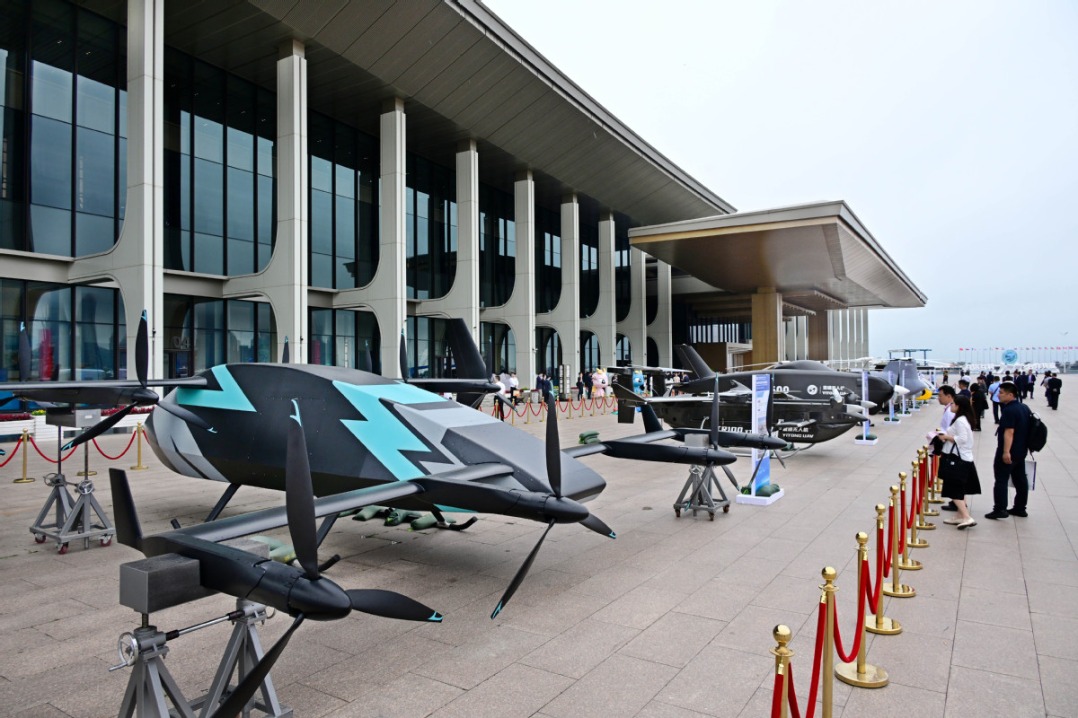Kenya dig unearthing clues to modern humans
Chinese archaeologists take part in excavation at 'cradle of civilization'

A China-Kenya joint archaeological team resumed archaeological excavations and research at the Lake Bogoria site in Kenya last month, in search of new clues to the origin of modern humans.
"We have unearthed a large number of stone tools made by the Levallois technique," said Zhao Qingpo, an archaeologist from the Henan Provincial Institute of Cultural Heritage and Archaeology and a leading member of the China-Kenya joint project.
"Before we came here, no team in the field of Paleolithic archaeology from China had ever come to this area. The cradle of humankind is just under our feet. It's a real honor for us to work here."
Job Kibii, director of Research and Science at the Turkana Basin Institute and a leading member of the project, said it is critical to have Chinese collaboration on the project.
"They are helping to write the chapters of how humans came about and how humans developed. That unites us because we know we have a common history," Kibii said.
The joint team has more than 20 members including archaeologists from the Henan Provincial Institute of Cultural Heritage and Archaeology, the Luoyang Municipal Institute of Archaeology and the National Museum of Kenya, as well as local workers.
The China-Kenya joint archaeological project had progressed uninterrupted from 2017 to 2019. It stopped in 2020 due to the coronavirus pandemic and resumed this year.




Today's Top News
- Likelihood increases of Russia-Ukraine meeting
- China, US trade talks boost investor optimism
- China, India agree to uphold ties
- Pressure mounts on Netanyahu as Hamas accepts 60-day truce proposal
- China's national park system hailed
- China eases rules on private pension withdrawals






























